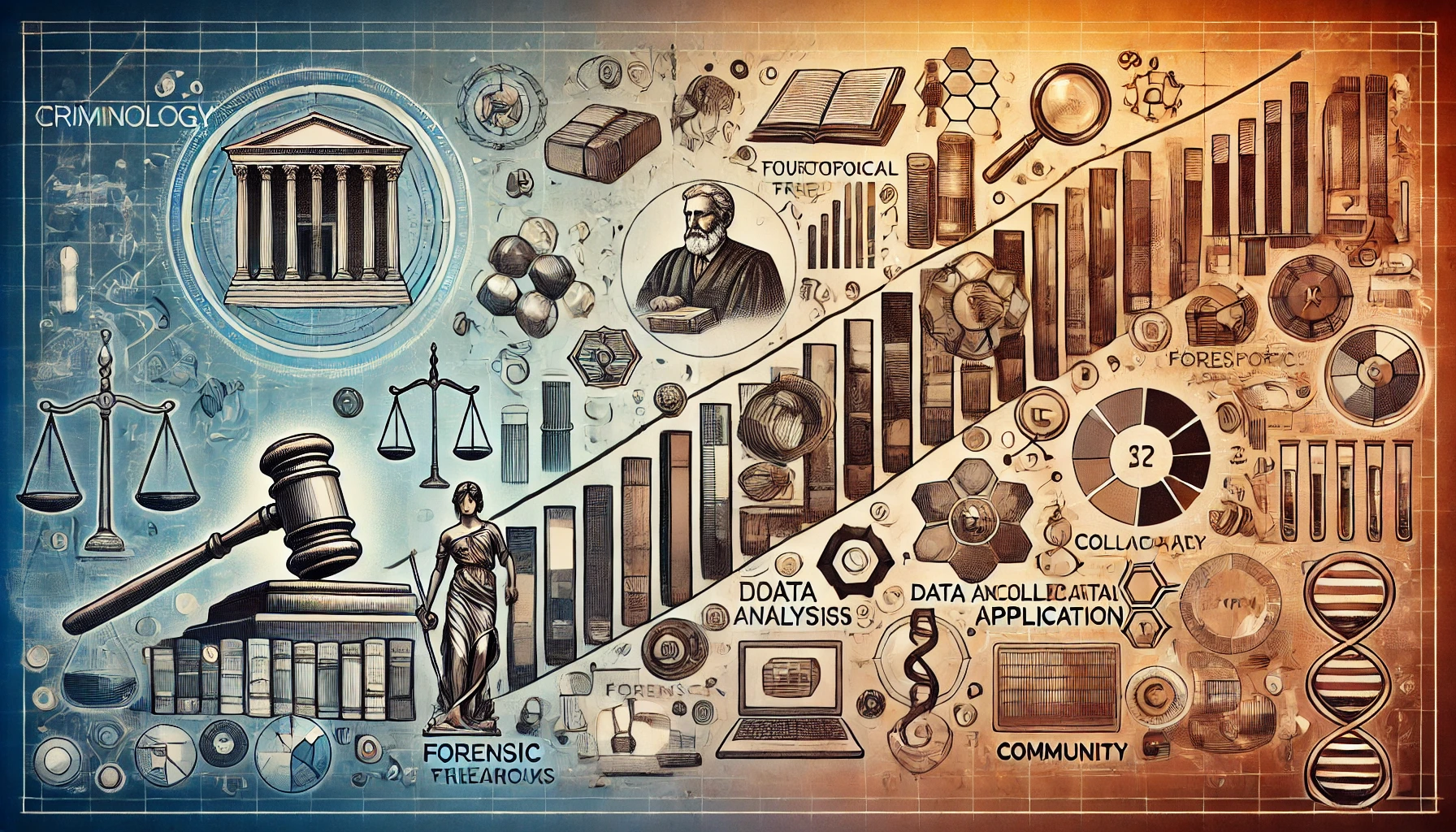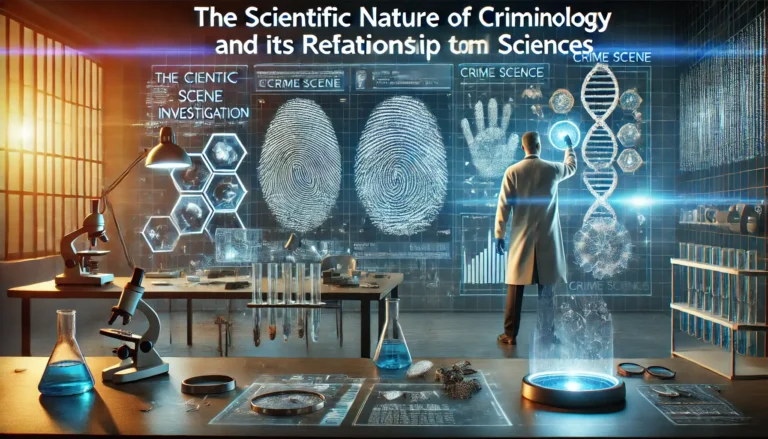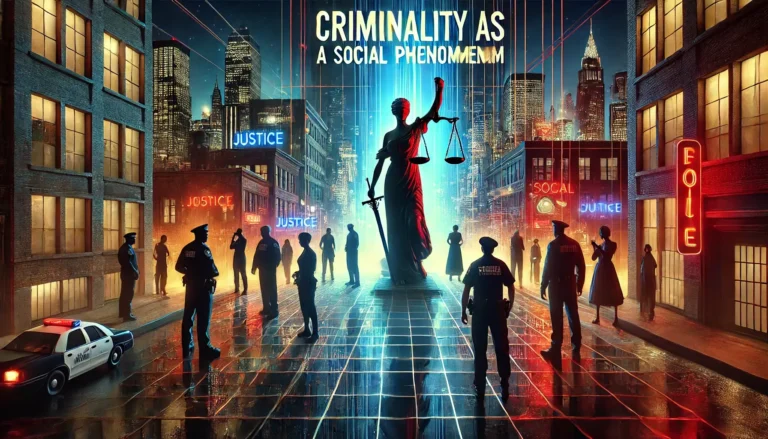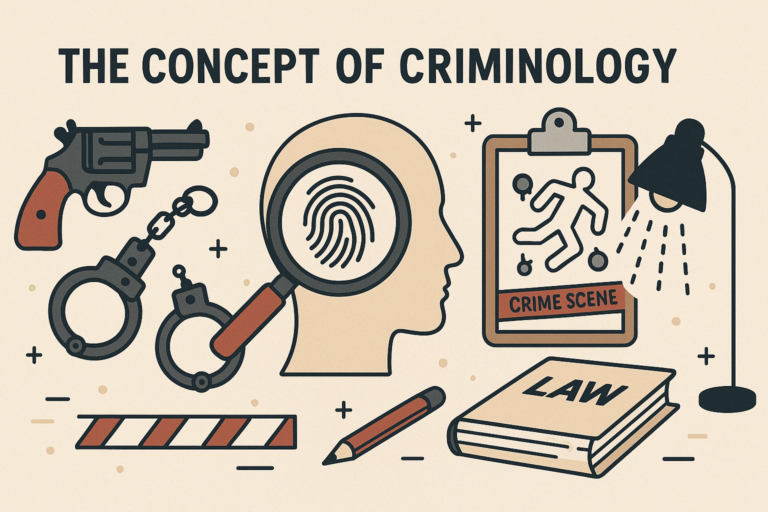The Emergence and Development of Criminology: From Theory to Application
Criminology, as a field of study, has undergone a remarkable journey of evolution. Its origins can be traced back to early philosophical inquiries into the nature of crime and human behavior, progressing through the systematic exploration of crime’s causes, to its current application in modern societies for crime prevention and justice. This article explores the historical emergence of criminology, the progression of its theories, and its practical application in addressing criminal behavior.
The Early Beginnings of Criminological Thought
Criminology’s roots lie in ancient societies where philosophers and legal scholars attempted to understand and address crime. Early ideas about criminal behavior were deeply intertwined with religious and moral beliefs, often attributing criminal acts to divine punishment or moral failings.
- The Classical School: A Philosophical Foundation
The formal study of criminology began during the Enlightenment era, marked by the emergence of the Classical School. Thinkers such as Cesare Beccaria and Jeremy Bentham played a foundational role in shaping early criminological theory.- Cesare Beccaria’s Contribution: In his seminal work, On Crimes and Punishments (1764), Beccaria argued for a rational and humane approach to justice. He emphasized that laws should deter crime through proportionate and consistent punishment, rather than retribution or excessive cruelty.
- Jeremy Bentham’s Utilitarianism: Bentham introduced the concept of utilitarianism, advocating for a justice system that maximized societal happiness and minimized suffering. His ideas contributed to the development of policies emphasizing deterrence and rehabilitation.
The Rise of Scientific Criminology
During the 19th century, criminology evolved from a philosophical discipline to a scientific one, driven by advances in biology, psychology, and sociology.
- The Biological School: Crime and Inherited Traits
The 19th century witnessed the emergence of theories that attributed criminal behavior to biological and genetic factors.- Cesare Lombroso’s Anthropological Approach: Lombroso’s work, The Criminal Man (1876), revolutionized criminology by introducing the idea that criminals could be identified through physical traits. He categorized criminals as “born criminals” who exhibited atavistic features, such as asymmetry and protruding jaws.
- Impact: Although Lombroso’s theories were later criticized for their deterministic and reductionist nature, his emphasis on empirical research established criminology as a scientific discipline.
- The Psychological Perspective
The psychological school emerged in the late 19th and early 20th centuries, focusing on individual psychological traits and mental health as factors influencing criminal behavior.- Sigmund Freud’s Psychoanalytic Theory: Freud’s insights into the unconscious mind offered explanations for deviant behavior rooted in unresolved conflicts and traumas. His ideas influenced the development of therapeutic approaches in criminal justice.
- The Sociological Turn
The late 19th century also saw the rise of the sociological perspective, which shifted focus from individual traits to the social environment as a determinant of criminal behavior.- Émile Durkheim argued that crime is a normal social phenomenon arising from societal conditions such as rapid industrialization or weak social bonds. His concept of “anomie” highlighted the role of social instability in fostering deviance.
Modern Criminological Schools and Theories
By the 20th century, criminology had become a multidisciplinary field, incorporating insights from sociology, psychology, biology, and law.
- The Chicago School
The Chicago School, founded in the 1920s, was pivotal in developing urban sociology and criminology.- Researchers such as Robert Park and Ernest Burgess studied the impact of urbanization and social disorganization on crime rates.
- Their work demonstrated that crime is concentrated in areas of poverty and instability, emphasizing the need for community-based interventions.
- The Strain Theory
Developed by Robert K. Merton, strain theory posits that societal pressures to achieve success can lead individuals to engage in criminal behavior when legitimate means are unavailable.- Impact: This theory has influenced policies aimed at addressing inequality and providing opportunities for disadvantaged groups.
- Control Theories
Control theories, such as Travis Hirschi’s Social Bond Theory, suggest that strong social bonds to family, education, and community act as protective factors against crime. Weak or broken bonds increase the likelihood of deviant behavior. - Contemporary Approaches
Modern criminology embraces a holistic approach, combining biological, psychological, and social factors to understand and prevent crime.- Advances in genetics and neuroscience have led to studies on the role of brain function and hereditary traits in criminality.
- Sociological research continues to explore the effects of systemic inequality and cultural dynamics on crime.
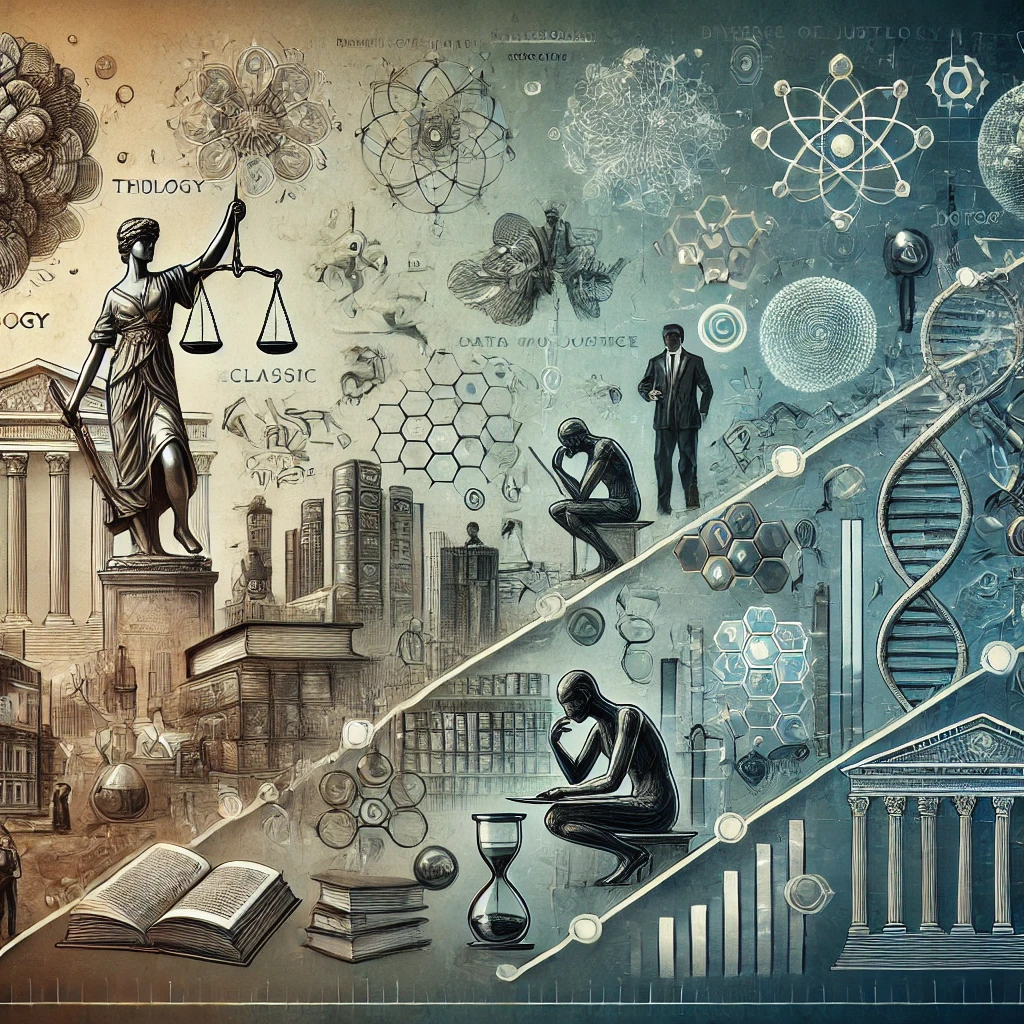
Criminology in Practice: From Theory to Application
- Policy Development
Criminological theories have informed the development of criminal justice policies worldwide.- Deterrence and Rehabilitation: Classical theories emphasizing deterrence have shaped sentencing laws, while psychological and sociological insights have inspired rehabilitation programs.
- Community Policing: Sociological research has led to the adoption of community-oriented policing strategies that strengthen ties between law enforcement and communities.
- Crime Prevention and Intervention
Modern criminology has shifted its focus towards proactive measures aimed at preventing crime before it occurs.- Youth Programs: Interventions targeting at-risk youth, such as mentorship and education initiatives, draw on insights from strain and control theories.
- Urban Planning: Research from the Chicago School has influenced urban planning strategies to reduce crime by addressing social disorganization.
- Technological Advances
Advances in technology have revolutionized the application of criminology.- Predictive Policing: Big data analytics and artificial intelligence are used to predict crime hotspots, allowing law enforcement to allocate resources more effectively.
- Cybercrime: The rise of cybercrime has led to specialized fields within criminology, focusing on digital forensics and cybersecurity.
- Rehabilitation and Reintegration
Psychological and sociological approaches have informed programs designed to rehabilitate offenders and reintegrate them into society.- Cognitive-behavioral therapy (CBT) is widely used to address criminal thinking patterns.
- Community-based programs help former offenders rebuild their lives and reduce recidivism.
Challenges and Future Directions in Criminology
Despite its advancements, criminology faces ongoing challenges in adapting to evolving societal and technological landscapes.
- Addressing Systemic Inequalities
Criminologists must continue to explore the relationship between crime and systemic inequalities, such as poverty, racism, and access to education. Addressing these root causes is essential for creating equitable criminal justice systems. - Understanding New Forms of Crime
The digital age has given rise to new forms of crime, such as cybercrime, human trafficking, and international terrorism. Criminology must expand its scope to address these complex and transnational issues. - Integrating Multidisciplinary Approaches
The future of criminology lies in its ability to integrate insights from diverse fields, including biology, technology, sociology, and psychology. Collaborative research and innovative methodologies will be crucial for advancing the field.
Conclusion
The emergence and development of criminology represent a remarkable journey from theoretical speculation to practical application. From the philosophical foundations laid by the Classical School to the scientific advancements of modern criminology, the field has continually evolved to meet the challenges of understanding and addressing crime.
Criminology’s multidisciplinary nature ensures that it remains a dynamic and relevant field, capable of adapting to the complexities of modern society. By building on its rich theoretical heritage and embracing innovative approaches, criminology continues to play a vital role in promoting justice, preventing crime, and fostering safer communities.

